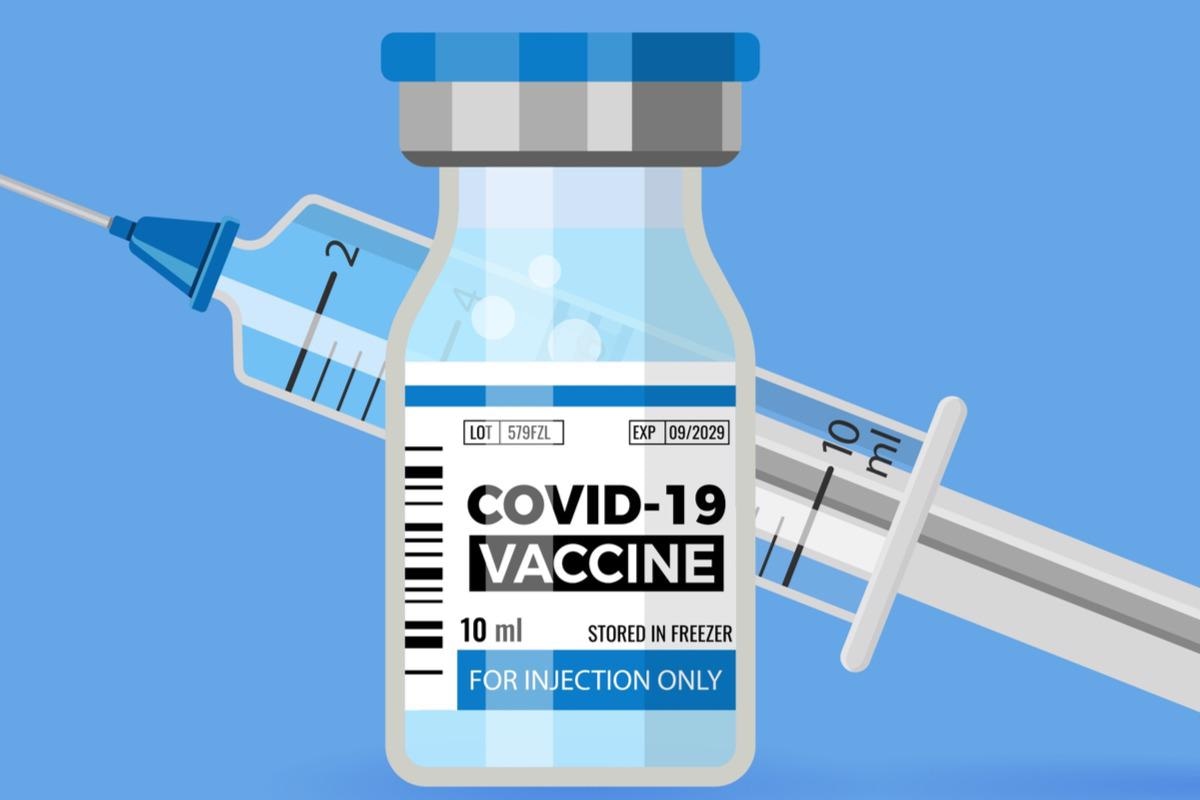In a recent study posted to the bioRxiv* preprint server, researchers evaluated the BNT162b2 coronavirus disease 2019 (COVID-19) messenger ribonucleic acid (mRNA) vaccine (antigen)-specific immune response among myeloid dysplastic syndrome (MDS) and chronic lymphocytic leukemia (CLL) patients.

Background
Patients with hematological malignancies (HM) such as myelodysplastic syndrome (MDS) and chronic lymphocytic leukemia (CLL) usually exhibit immune deficiencies and defects, associated with the primary illness and because of the anti-cancer treatment regimens, which may affect their immunocompetence.
HM patients are a high priority for COVID-19 vaccines since they are highly vulnerable to severe COVID-19-associated morbidity and mortality. A detailed understanding of the T-lymphocyte-mediated immune responses, their long-lasting persistence, and their correlation with the humoral/antibody-mediated immune responses among HM patients are essential to inform severe acute respiratory syndrome coronavirus 2 (SARS-CoV-2) vaccine development strategies.
About the study
In the present longitudinal study, researchers assessed the immunogenicity of the BNT162b2 vaccine in the induction of T lymphocyte-mediated immune responses among MDS and CLL patients. They also characterized the T lymphocyte immunodominance, immune memory, and the impact of booster vaccination among MDS and CLL patients.
The BNT162b2-induced cluster of differentiation 8+ (CD8+) T lymphocyte response and the effect of the BNT162b2 booster were assessed among MDS (n=5) and CLL (n=23) patients were assessed. For the analysis, peptide-major histocompatibility complex (pMHC) multimers with deoxyribonucleic acid (DNA) barcodes covering the entire SARS-CoV-2 spike (S) protein sequence of 415 peptides were used. BNT162b2 immunogenicity was evaluated after the first vaccination (TP1), second vaccination (TP2), and six months after the first vaccination (TP3), and the findings were compared to that of healthy controls (n=19).
The DNA-barcoded peptides were estimated to bind to ≥1 of the human leukocyte antigen-A (HLA-A) and HLA-B antigens leading to the generation of 506 HLA-peptide pairs. In addition, the team included 67 peptides from other viruses [cytomegalovirus (CMV), the Epstein-Barr virus (EBV), and the influenza virus (FLU), (denoted together as CEF)] to compare the SARS-CoV-2 S-specific- and CEF antigen-specific T lymphocyte immune responses.
Next, phenotypic characterization analysis based on the cell surface markers [CD39, CD69, HLA-DR (HLA-DR isotype), and PD-1 (programmed cell death protein 1)] of multimer+ SARS-CoV-2 S-specific CD8+ T lymphocytes was performed.
In addition, vaccine-induced T lymphocyte immunity was compared with the vaccine-induced humoral or B lymphocyte immunity by evaluating the serum immunoglobulin G (IgG), IgA, and IgM titers.
Results
BNT162b2-induced CD8+ T lymphocytes were identified in a significant fraction of MDS and CLL patients between seven to 10 days of TP1. The total count of and frequency of S-specific T lymphocyte responses further elevated after TP2 and were persistent up to TP3. Surprisingly, a greater frequency of vaccine-specific CD8+ T lymphocytes was observed among the patients in comparison to the healthy donors at TP2.
Further, a booster-specific activation and enrichment of memory T lymphocytes with a significant increase in the frequency and breadth (total count of S-epitopes identified) of vaccine-specific CD8+ lymphocytes after TP2 which lasted up to TP3. In contrast, patients without booster vaccination demonstrated a decline in their vaccine-induced CD8+ T lymphocyte frequency from TP2 to TP3. This indicated that booster vaccination was vital for long-term COVID-19 protection among HM patients.
CEF viral epitope-induced CD8+ T lymphocytes were detected at all time points without any changes pre- and post-COVID-19 vaccination. The only exception observed was an increase in the FLU-epitope-induced CD8+ T lymphocytes in a few patients, probably due to influenza vaccination.
In the phenotypic assessment, a signature of T lymphocyte activation was observed among HM patients with early activation of vaccine-induced T lymphocytes followed by a transition to memory T lymphocytes [CD45RA+ and C-C chemokine receptor type 7- (CCR7-)]. Of the 506 pMHC specificities, 59 BNT162b2 vaccine-derived immunogenic epitopes were identified, of which 23 epitopes were found to establish long-term CD8+ T lymphocyte memory response.
Most of the T lymphocyte responses were detected to HLA-A24:02 or NYNYLYRLF (22 responses), HLA-A02:01 or YLQPRTFLL (11 responses), and HLA-A01:01 (10 responses) epitopes. A substantially greater fraction of PD-1-expressing-T lymphocytes was observed among healthy controls. However, there were no significant differences in the vaccine-specific T lymphocyte responses between the MDS and CLL patients.
Further, low Ig titers were detected at TP1, followed by a substantial increase at TP2. However, no associations were found between the vaccine-induced T lymphocyte immune responses and humoral immune responses among HM patients. While 41% of HM patients demonstrated vaccine-induced T lymphocyte and humoral immunity, 30% and 22% of patients demonstrated only humoral immunity and only T lymphocyte immunity, respectively.
Overall, the study findings showed that the BNT162b2 vaccine induced an early and long-term activation of antigen-specific CD8+ T lymphocytes among MDS and CLL patients. Additionally, the results highlighted the importance of booster vaccination for preserving vaccine-specific CD8+ T lymphocyte immunity among HM patients.
*Important notice
bioRxiv publishes preliminary scientific reports that are not peer-reviewed and, therefore, should not be regarded as conclusive, guide clinical practice/health-related behavior, or treated as established information.
- Susana Patricia Amaya Hernandez, et al. (2022). Three-doses of BNT162b2 COVID-19 mRNA vaccine establishes long-lasting CD8+ T cell immunity in CLL and MDS patients. bioRxiv. doi: https://doi.org/10.1101/2022.05.13.491706 https://www.biorxiv.org/content/10.1101/2022.05.13.491706v1
Posted in: Medical Science News | Medical Research News | Disease/Infection News
Tags: Antibody, Antigen, B Lymphocyte, Cancer, Cancer Treatment, Cell, Cell Death, Chemokine, Chronic, Chronic Lymphocytic Leukemia, Coronavirus, Coronavirus Disease COVID-19, covid-19, Cytomegalovirus, DNA, Epstein-Barr Virus, Flu, Frequency, Human Leukocyte Antigen, Immune Response, immunity, Immunoglobulin, Influenza, Leukemia, Leukocyte, Lymphocyte, Mortality, Peptides, Programmed Cell Death, Protein, Receptor, Respiratory, Ribonucleic Acid, SARS, SARS-CoV-2, Severe Acute Respiratory, Severe Acute Respiratory Syndrome, Syndrome, T Lymphocyte, Vaccine, Virus

Written by
Pooja Toshniwal Paharia
Dr. based clinical-radiological diagnosis and management of oral lesions and conditions and associated maxillofacial disorders.
Source: Read Full Article
